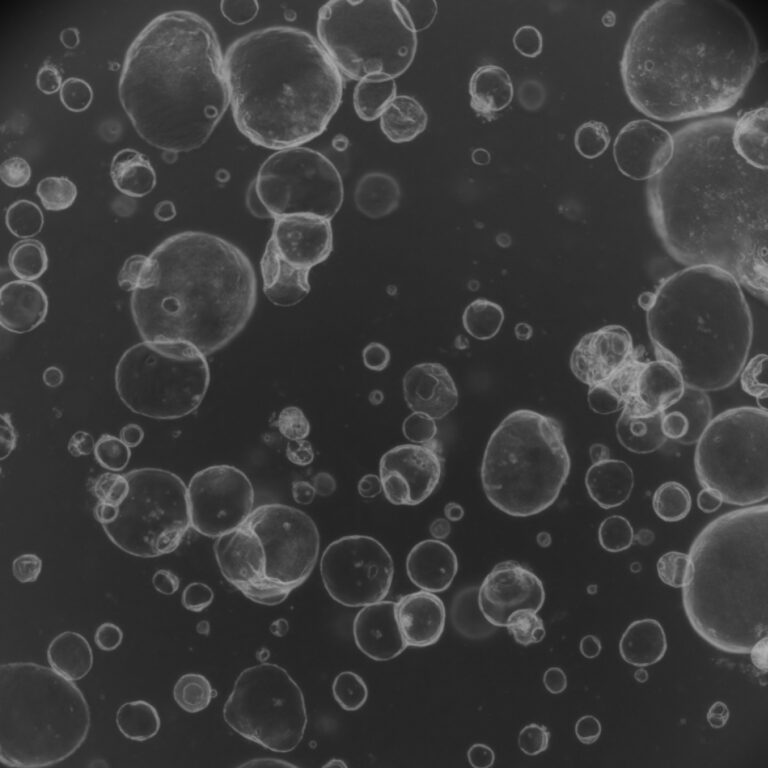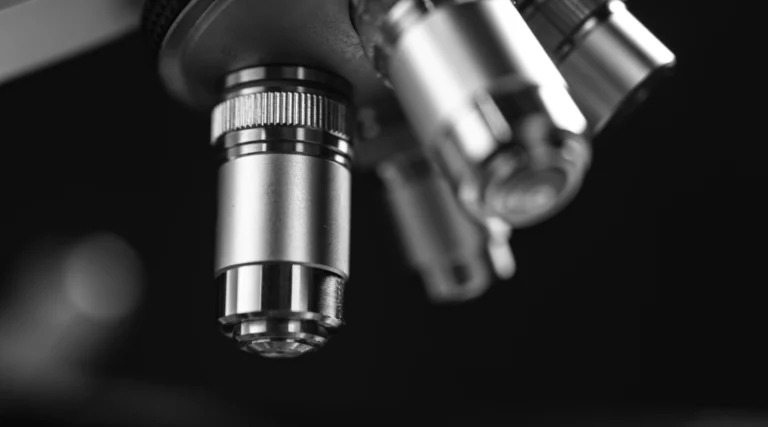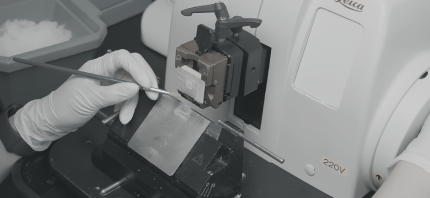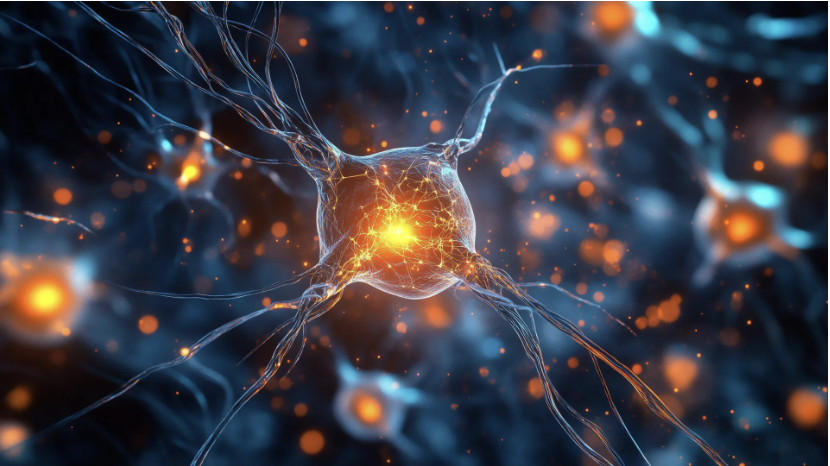Studying human diseases has traditionally relied on animal models or 2D cell cultures. While helpful, these methods fall short in capturing the complexity of human organs and how they respond to disease and drugs. Today, organoids – 3D mini-organs grown from stem cells or patient tissues – are changing the game. They mimic real human organs in both structure and function, offering scientists powerful tools to model diseases, test treatments, and tailor medicine to individual patients.
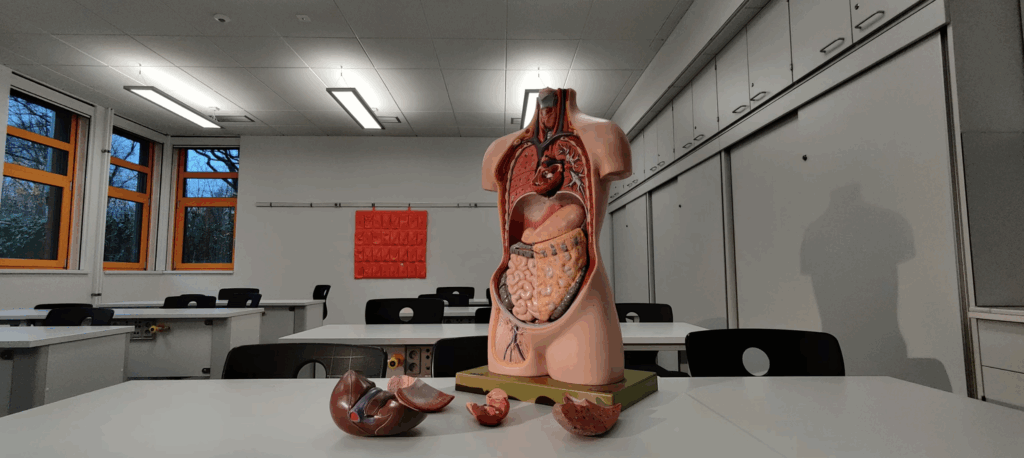
Lung Organoids and Influenza Infections
Lung organoids closely resemble human alveoli, the tiny air sacs where gas exchange occurs. They’re especially useful for studying respiratory diseases like influenza and pulmonary fibrosis.
In studies using pluripotent stem cell (PSC)-derived lung organoids, scientists infected them with H1N1 and H3N2 influenza viruses. After treating with candidate drugs, they found that viral RNA levels dropped in a dose-dependent manner. This suggests that lung organoids are highly effective models for screening antiviral drugs.
For fibrosis, tissue-derived lung organoids treated with the fibrosis-inducing agent TGF-β showed elevated fibrosis markers. However, treatment with Nintedanib (a known anti-fibrotic drug) reduced those markers, proving that lung organoids can also model chronic lung diseases and test anti-fibrotic therapies.
Liver Organoids and Fatty Liver Disease
The human liver is key to metabolism and detoxification. Liver organoids – especially those derived from induced pluripotent stem cells – mirror this complexity. To model fatty liver disease, researchers treated liver organoids with free fatty acids. Within a few days, they observed increasing fat accumulation. They also detected decreased levels of markers linked to healthy liver function, such as HNF4A, Albumin, and CYP3A4. This model allows scientists to simulate disease progression and evaluate potential treatments for fatty liver disease.
Brain Organoids and Parkinson’s Disease
Midbrain organoids are helping researchers better understand Parkinson’s disease, a condition marked by the loss of dopamine-producing neurons. In disease models, Parkinson’s organoids showed fewer dopamine neurons and damaged mitochondria compared to healthy ones. But when treated with candidate drugs, researchers observed neuron survival and improved mitochondrial function. These results suggest that brain organoids can be used for testing neuroprotective compounds and understanding neurodegeneration at a deeper level.
Intestinal Organoids and Leaky Gut Syndrome
The intestine is not just about digestion – it’s a major player in immune defense and nutrient absorption. Intestinal organoids replicate key features of the gut, including structures like villi and crypts and cell types such as enterocytes, goblet cells, and Paneth cells. In testing, mature intestinal organoids responded to glucose with active calcium signaling, showing functional enteroendocrine cells. Forskolin-induced swelling also demonstrated active ion and water transport, suggesting CFTR channel functionality. These organoids are excellent tools for studying intestinal diseases, drug absorption, and epithelial barrier disorders like leaky gut.
Cardiac Organoids for Studying Heart Development
Human heart tissue is difficult to study due to its complexity and limited accessibility. Cardiac organoids derived from stem cells can beat rhythmically and reproduce the heart’s electrical signals. These organoids are made up of cardiomyocytes and supporting cells like fibroblasts and endothelial cells. They’re used to model heart development, test drugs for heart conditions, and even monitor real-time action potentials through techniques like patch clamping.
Retinal Organoids and Eye Disease
Retinal organoids model the human retina and are used to study vision loss and eye diseases such as retinitis pigmentosa and age-related macular degeneration. Scientists can track the development of layers like retinal ganglion cells and photoreceptors in these organoids. Markers such as Pax6 and Recoverin confirm that these models closely match the human eye, making them useful for drug screening and regenerative therapies.
Cancer Organoids and Precision Oncology
Cancer organoids are grown directly from patient tumor samples, preserving the tumor’s genetic makeup and complexity. These 3D models mimic the tumor microenvironment better than traditional models. In colorectal cancer organoids, for example, researchers have matched specific genetic mutations to drug responses, allowing for highly personalized treatment approaches. Organoids can also be co-cultured with immune cells to study interactions between tumors and the immune system, paving the way for immunotherapy testing.
The Future of Disease Research Is in a Dish
Organoids are revolutionizing biomedical research. From lungs to liver, brain to gut, and heart to retina – these mini-organs enable scientists to replicate human biology more accurately than ever before. They offer a human-specific platform for studying diseases, testing drugs, and creating truly personalized medicine. As this technology continues to evolve, we move one step closer to more effective treatments and a deeper understanding of the human body.
Lambda Biologics’ Organoid Solutions: Adult Tissue and PSC-Derived Organoid Models for Drug Discovery
Drug development demands accuracy, speed, and relevance to human biology. At Lambda Biologics, we deliver advanced organoid-based platforms that replicate the complexity of human organs – empowering pharmaceutical and biotechnology companies to make better decisions, faster.
Cerebral Organoid | Midbrain Organoid | Skin & Hair Organoid | Intestine Organoid |
